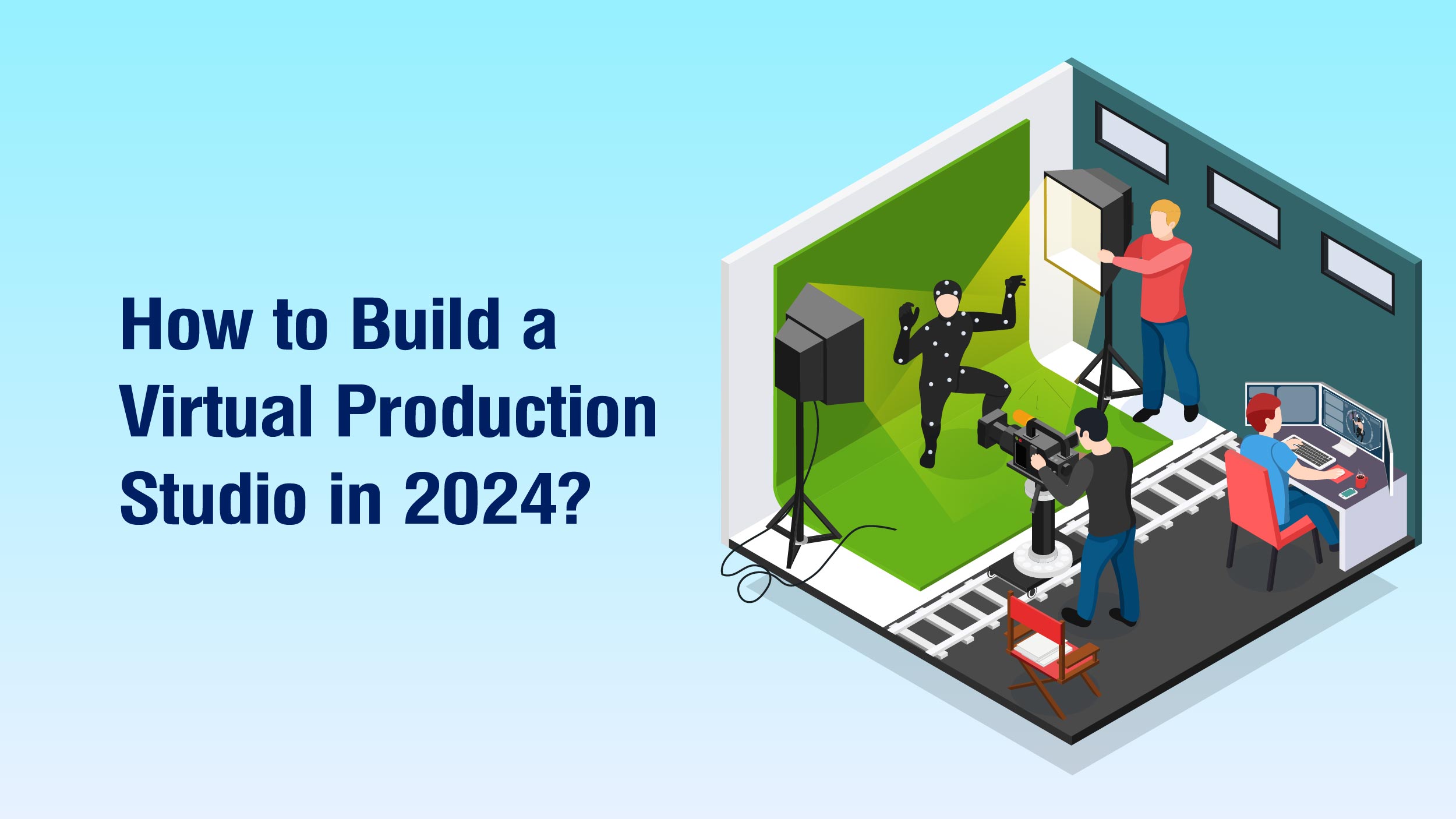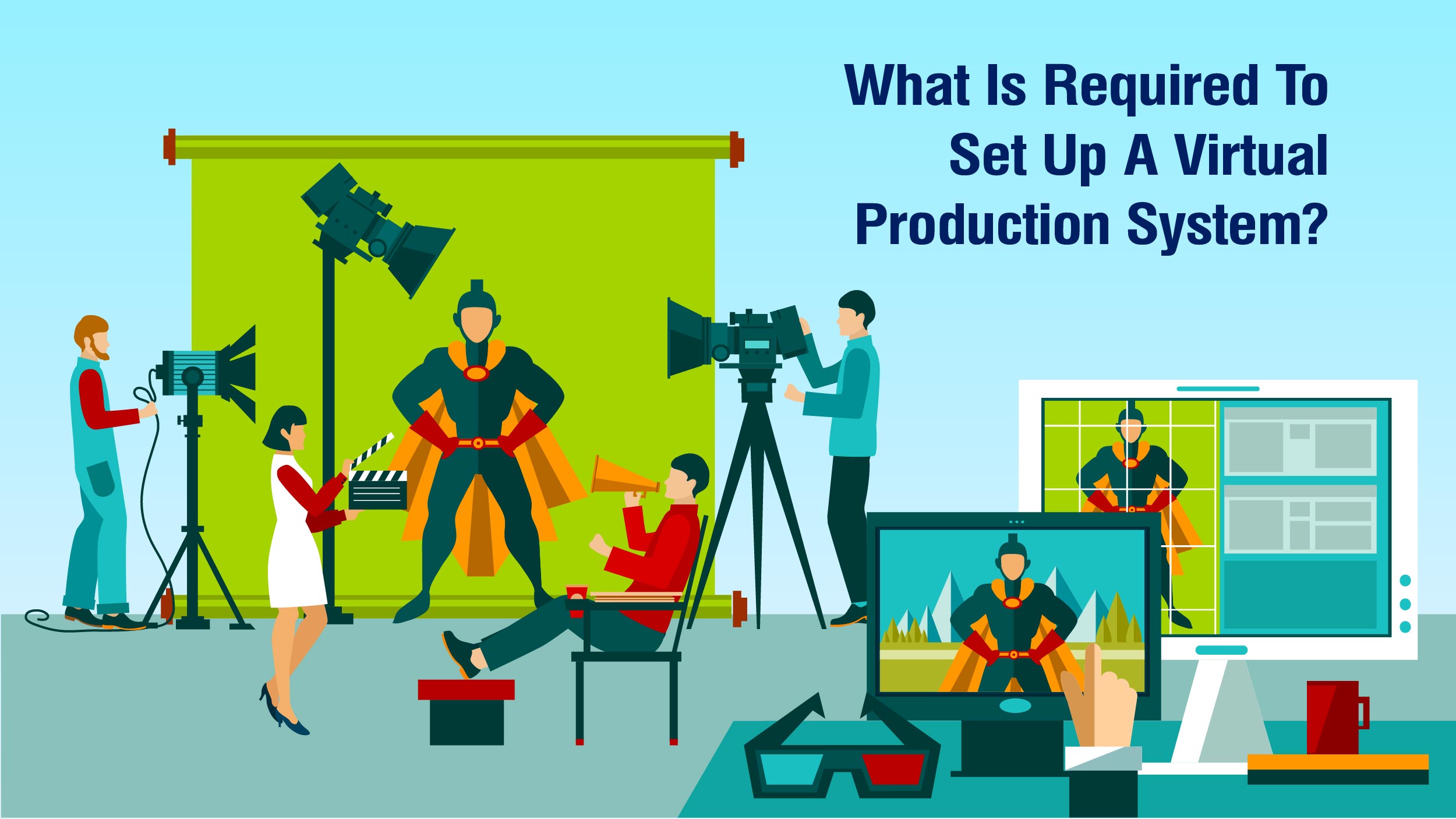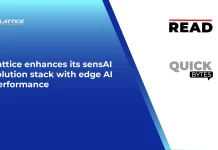Virtual production (VP) is rapidly becoming a key technique in the film and television industry, providing filmmakers with innovative approaches to craft compelling content with enhanced flexibility and efficiency. But what exactly does virtual event production mean?
At its core, virtual production merges traditional filmmaking methods, such as motion capture and facial recognition, with cutting-edge digital visuals. This groundbreaking technology introduces thrilling opportunities for directors and producers seeking to bring unique creations to life. By 2027, the virtual production market is expected to reach USD 5.1 billion in revenue. In this blog, we’ll delve into how VP operates and the advantages it brings to content creators in today’s dynamic landscape.
What is Virtual Production?
Virtual production is a filmmaking approach that blends physical and virtual elements, using technologies like CGI, augmented reality, motion capture, and real-time rendering. It enables the creation of realistic environments and effects on a virtual set, offering filmmakers the flexibility to design landscapes, sets, and creatures while reducing costs. By employing real-time 3D engines and large LED screens, VP allows for the creation of photorealistic sets that can be visualized and adjusted instantly. This technique has gained popularity in the film and TV industry for its time and cost savings, enhanced realism, and potential for immersive storytelling. As VP evolves, it is poised to transform filmmaking, providing filmmakers with increased creative control and efficiency.
How to Build a Virtual Production Studio in 2024?

Establishing a virtual production studio necessitates a shift in perspective towards a non-linear production process, incorporating tools such as game engines. The versatility and interactivity offered by virtual worlds within these engines, coupled with the capacity to visualize content early in the production phase, present new opportunities for refining creative visions.
Noteworthy films like Lion King, Ripple Effect, and Mandalorian have leveraged game development technology in their production. Adopting a game engine for VP demands a high level of coordination, resembling the process of creating a video game. This approach deviates from a linear process, requiring teams to access extensive information early in production and utilize various tools for iterating on ideas throughout the entire process.
How Does Virtual Production Studio Work?
The typical VP process involves the following steps:
- Pre-production: Filmmakers generate virtual assets, including 3D models, textures, and animations. They plan scenes and shots intended for filming on the virtual set.
- Virtual Set: Instead of traditional physical sets, VP utilizes large LED screens or projection systems to display high-resolution images or videos, creating realistic backgrounds for actors.
- Real-time Rendering: Powerful game engines like Unreal Engine or Unity render the virtual set in real time. This immediate visual feedback allows filmmakers to see the virtual environment and characters as they appear in the final shot.
- Motion Capture: Actors may use motion capture suits or markers to capture their movements, which are then used to animate virtual characters or objects within the virtual environment.
- Live Compositing: The real-time rendering engine combines live footage with virtual elements, seamlessly integrating the physical and virtual worlds during actor performances. This real-time composition reduces the need for extensive post-production.
- Iterative Process: Virtual production enables filmmakers to make on-the-fly adjustments during the shoot, including modifications to lighting, camera angles, and virtual elements. This flexibility saves time and enhances creative control.
What Is Required To Set Up A Virtual Production System?

Given below are the key steps to set up a VP system.
Camera Tracking Technology
To track camera movements relative to the LED wall, invest in essential tools like a virtual reality headset and tracker, such as the HTC Vive Pro and Vive Tracker.
iPhone and iPad
Leverage Apple’s latest devices equipped with LiDAR sensors for capturing in-engine camera movement. The Unreal iOS app allows seamless synchronization between your Apple camera and the digital scene, eliminating the need for a separate camera tracker. Ensure both your PC and Apple device are connected to the same wireless network for optimal functionality.
Real Cameras and Lens
While any camera can be used, consider the Blackmagic Design URSA Mini 4.6K Pro G2 for superior quality, especially if your budget allows.
Camera Rigs
Facilitate the addition of accessories like the VR tracker to the camera with the use of a camera rig. The Neewer DSLR Shoulder Rig is recommended for this purpose.
Capture Card
To stream live camera footage to the computer, acquire a capture card. This ensures seamless real-time streaming to the in-game engine. For entry-level use, the Elgato Cam Link 4K is suitable, while the Black Magic Decklink 8K Pro is ideal for high-end productions.
LED Walls and Volumes
Comprising multiple banks of LED panels, LED walls and volumes are powered by graphics cards like the RTX Quadro. Opt for the Nvidia Quadro 6000 RTX for budget-conscious setups and the Nvidia Quadro 8000 RTX for high-budget productions. Small production houses may find an LED wall sufficient, while larger houses may prefer the more advanced LED volume.
Green Screen
A cost-effective alternative to an LED wall is a green screen. Ensure a smooth surface with even lighting throughout to maintain quality in your virtual production.
Unreal Engine
For creating the digital world, utilize an industry-standard game engine such as Unreal Engine 5. Access additional assets for the digital world through the Unreal Engine marketplace.
Winding Up
Without question, virtual production technology has a bright future in the motion picture industry. It might completely change how filmmakers produce their work. Filmmakers will be able to work more quickly and effectively to create incredibly realistic and detailed images.
This might result in cheaper production expenses, giving indie and studio filmmakers equally more access to funding for their endeavors. As more massive motion pictures and television shows adopt the technology, don’t be shocked if some of your favorite independent films suddenly use it as well.




